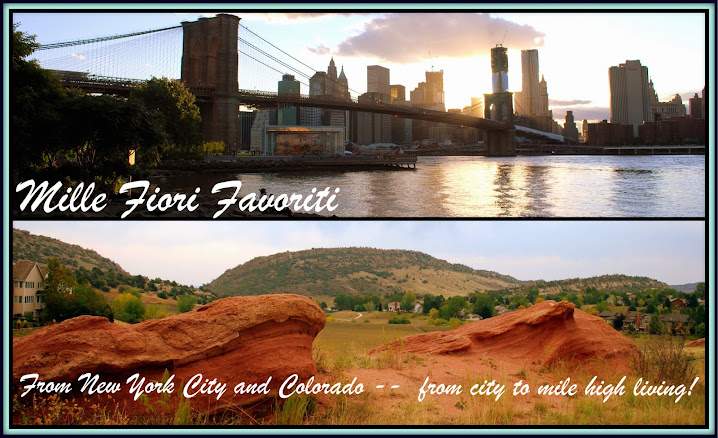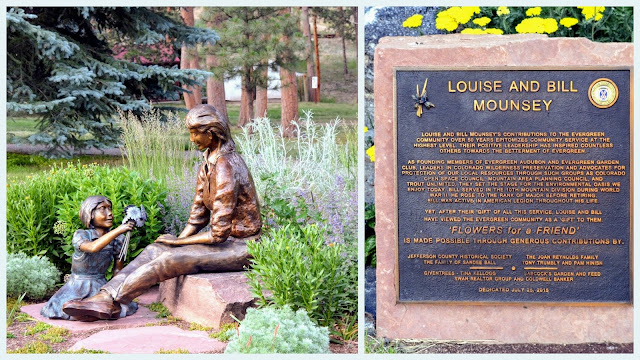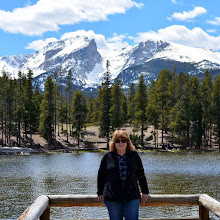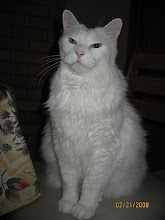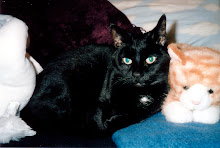I visited Hiwan Homestead Museum on different occasions during last summer, and especially enjoyed the excellent docent tour when I went with a group.
Overnight guests of Mary Neosho Williams would stay in tents, comfortably equipped with wood floors, stoves, and double canvas walls. In 1889, Josepha graduated from Gross Medical School in Denver and became one of Colorado’s first women doctors. Seven years later, Josepha married Canon Charles Winfred Douglas, an Episcopal clergyman who achieved world acclaim for his musical work.
The Williams/Douglas families would hold lavish parties at their mountain retreat and one of their famous guests who stayed at Camp Neosho in 1931was the poet Robert Frost.
Many of the restored rooms in the Hiwan Homestead are furnished with the original residents' belongings, including a collection of southwestern Indian artifacts.
Canon Charles Winfred Douglas, whose portrait hangs on one of the fireplaces in Hiwan Homestead, was largely responsible for bringing plainsong, the ancient music of liturgical worship, into general use, and with it the full choral service in Episcopal worship.
One of my favorite rooms in the Hiwas Homestead was the kitchen, which was frozen in time circa the 1930s
There were so many wonderful artifacts to look at in the kitchen, including a wonderful vintage cookbook collection...
...and vintage spice and condiment containers.
Schoolchildren often tour Hiwan House to learn about the early days of Colorado, and they make pioneer style journey cakes in the kitchen.
One of the visits I made to Hiwan Homestead Museum was to see an exhibit going on at the time about Chief Colorow, a Native American who was active in the area where I now live. I've blogged more about him, and the red rock front range cave he liked to use as a shelter, on this blog post.
It was a wonderful exhibit of both photographs and artifacts of the Utes and early settlers in Colorado.
The grounds of Hiwan Homestead Museum are much smaller now than when it was a functioning ranch but are beautifully maintained.
Two of the beautiful sculptures on display on the grounds.
Above is a short video about Hiwan Homestead from the Jefferson County website.
I hope you enjoyed learning more about this wonderful piece of old Colorado history preserved for all time.
The Hiwan Homestead is located at:
28473 Meadow Drive
Evergreen, CO 80439
Admission is free
For large group tours contact the museum at 720-497-7650
Museum Hours: Tuesday – Friday: Noon - 4:00 pm Saturday & Sunday: Noon – 4:30 pm
You can also find me on
I'm linking this post to the following blog events:
Amaze Me Monday, Mosaic Monday, All Seasons, Blue Monday, Through My Lens Monday, Inspiration Monday, Blogging Grandmothers, Hearth, and Soul Link Party, You Are the Star Blog Hop, Good Random Fun, Nature Notes, Grand Social, Travel Photos, Photo Tunes, Happiness Is Homemade, Tuesday Treasures, Our World Tuesday, Ruby Tuesday, Tuesdays With A Twist, Wordless Wednesday on a Tuesday, Say Cheese!, Party in Your PJ's, Wordless Wednesday, Nanahood WW, Oh My Heartsie Girl's Wonderful Wednesday, Your Whims Wednesday, Wednesday Around the World, Wonderful Wednesday, Little Things Thursday,Thankful Thursday, Thursday Encouraging Hearts and Home, Thursday Favorite Things, Pretty Pintastic Party, Friendship Fridays, Friday Photo Journal, Skywatch Friday, Pink Saturday, Saturday Critters, Over the Moon, Happiness Is Homemade, Wandering Camera
